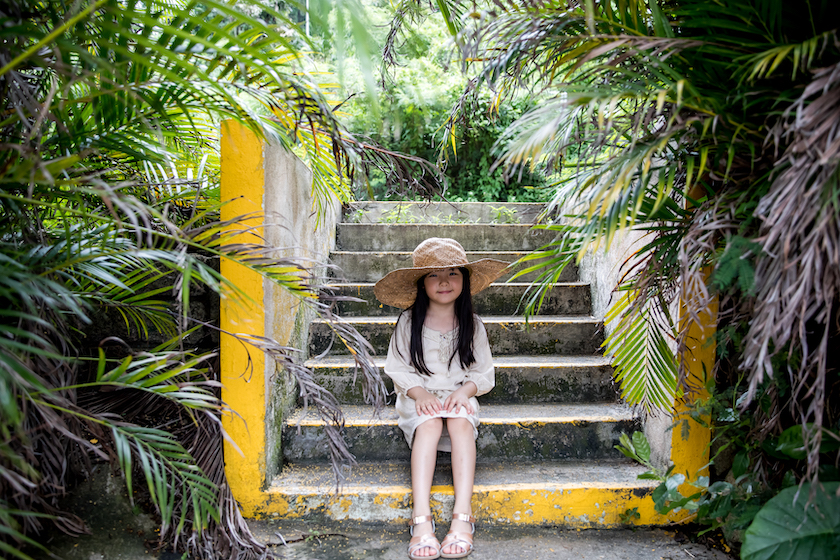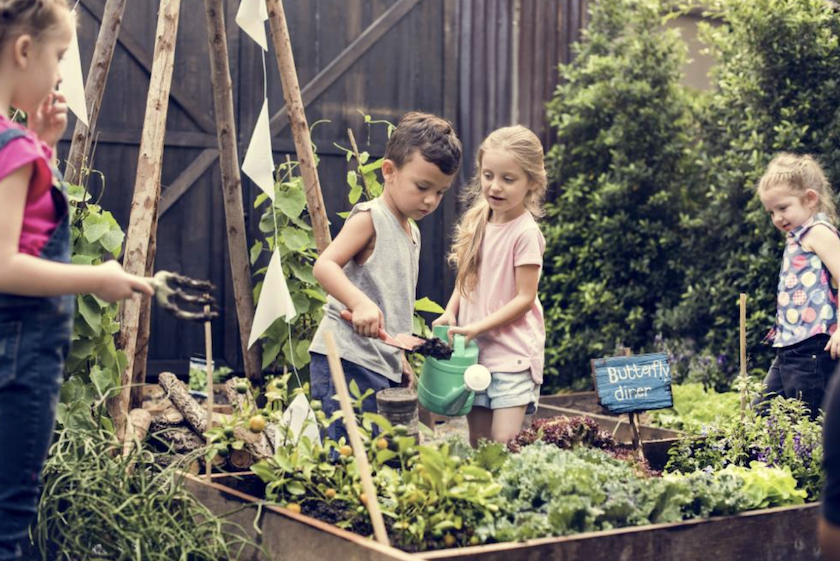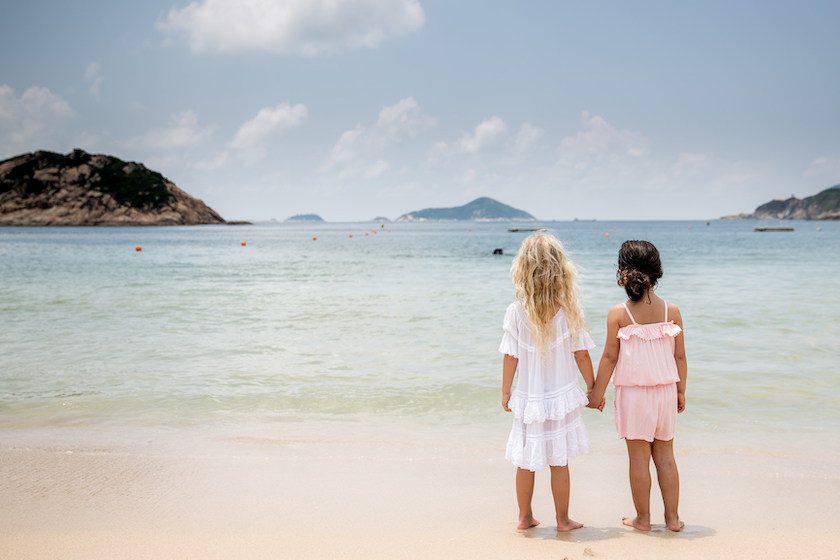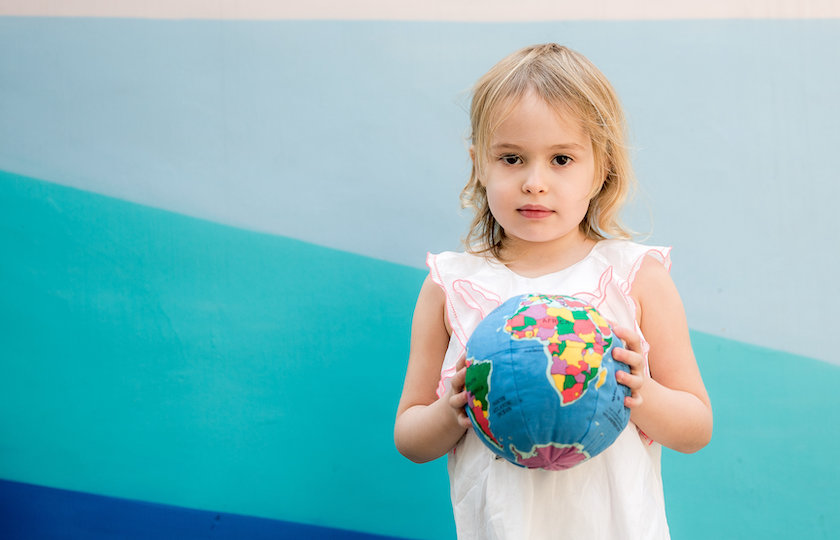As a parent, teaching your children to respect and appreciate the Earth is one of the most important jobs we have. Sustainability can take many forms but there are many small actions we can start at home that will help our children understand the impact they can have on our environment. Starting these habits young will engrain a lifetime of looking after our planet. Children are never too young or old to learn and any small step to a more sustainable future is one worth taking. Here are some easy ways to engage and teach your kids about sustainability.
Immerse yourself in nature
It goes without saying that getting your family immersed in nature is the best way to reconnect with the planet and appreciate its magical beauty. Going for walks, playing in the park or even just spending time in the garden can help children develop a closer relationship with nature. By helping them to develop compassion and empathy for the Earth, children will become fierce protectors of the environment they love.

The power of storytelling
Stories are always an incredible way to bring an issue to life and teach children the complexities of climate change. There are books available for children of any age that can help them understand why it is important to look after our planet and steps they can take to help. Books are also great conversation starters and can allow parents to open up a discussion about ways their family can incorporate more eco-friendly practices into their home.
An important step in becoming more mindful about our environmental impact is appreciating the things we do have and not lusting after the things we don’t. This can be hard with children who are always after the latest toy or trying to keep up with social media but teaching the value of what you have will help ease the impact on the planet – as well as your wallet! This can be done by looking after your possessions – fixing things when they are broken, keeping your items clean and tidy and when you do buy, buy quality and make it last for as long as possible. When something comes to the end of its life, look to upcycle or sell or donate it to those that may have a use for it. Children can easily incorporate these actions into their daily life as well as watching this behaviour from their parents.
Get them involved in everyday eco-friendly habits
There are many small and easy actions that the whole family can start doing at home to incorporate more eco-friendly habits. These daily actions are tangible ways children can have a direct impact on their carbon footprint as well as opening up discussions on the importance of preserving natural resources. Some of these may include:
- Have recycle bins at home and encourage your children to use them.
- Turning the tap off whilst brushing your teeth.
- Turning the lights off when you are the last person to leave a room.
- Refuse single-use plastic – take your own reusable water bottles and cutlery with you.
- Take your own shopping bags when you go grocery shopping.
- Have short showers instead of using the bath.
- Washing clothes less often and drying clothes outside (weather permitting!).
Grow your own mini vegetable patch
Teaching children about where their food comes from is necessary in helping them understand how essential the resources our planet provides us are. Making the connection between what they eat and where it comes from, will teach them how we must take care of our land and ensure we don’t take away more than we put back. It can be as small as a box on the balcony or in the kitchen but planting seeds to grow fruit or vegetables is a great hands-on way to not only teach them about healthy eating but also sustainable production. Take it one step further and cook together with the produce you have grown and they will reap the benefits of growing their own food.

Start composting
After you have finished your delicious meal, save your food scraps and start composting. Not only does it reduce pressure on landfills but also reduces the amount of toxic methane gas that is released into the atmosphere. Starting at home is easy to do and can be a fun project for the kids to manage. You’ll then end up with rich natural fertiliser to grow your garden. It is easy to create your own compost bin out of items you have at home. Just look online for tips on how to get it started. If the thought of decomposing food in your home is too much to handle, keep your food scraps and find a local government agency or business that might take them instead.

Go on a beach clean-up
An activity the whole family can do together is sign up for a beach clean up. Nothing brings it home better when you are picking up endless bits of old plastic on a beautiful beach. There are a number of organisations that organise beach clean ups so all you need to do is search online for one that is active in your local community.
Have some meat-free days
Agriculture is considered one of the world’s worst polluting industries alongside fashion. Taking up half of the world’s habitable land, agriculture uses up 70 per cent of our global freshwater resources. Managing livestock is incredibly resource heavy and so one of the greatest impacts we can make on our climate is eating less meat. Start with having meat-free Mondays and talk to your children about why food is a critical component in tackling climate change.
Sell or donate your kids’ outgrown clothes
It is equally important to educate our kids about where our clothes come from and what happens to them once they are outgrown. With huge amounts of used clothing ending up in landfills, highlighting how long various materials take to decompose will illustrate the problems of just throwing things away. Do a closet clean-out with your children of all the items they no longer need and either sell them with a resale platform or donate them to a charity where they will serve the local community. If you have older children, you can let them set up their own seller account on a secondhand marketplace and let them buy and sell their own clothes.
About the author: Sarah Garner is the founder of Retykle. Read her bio below.



